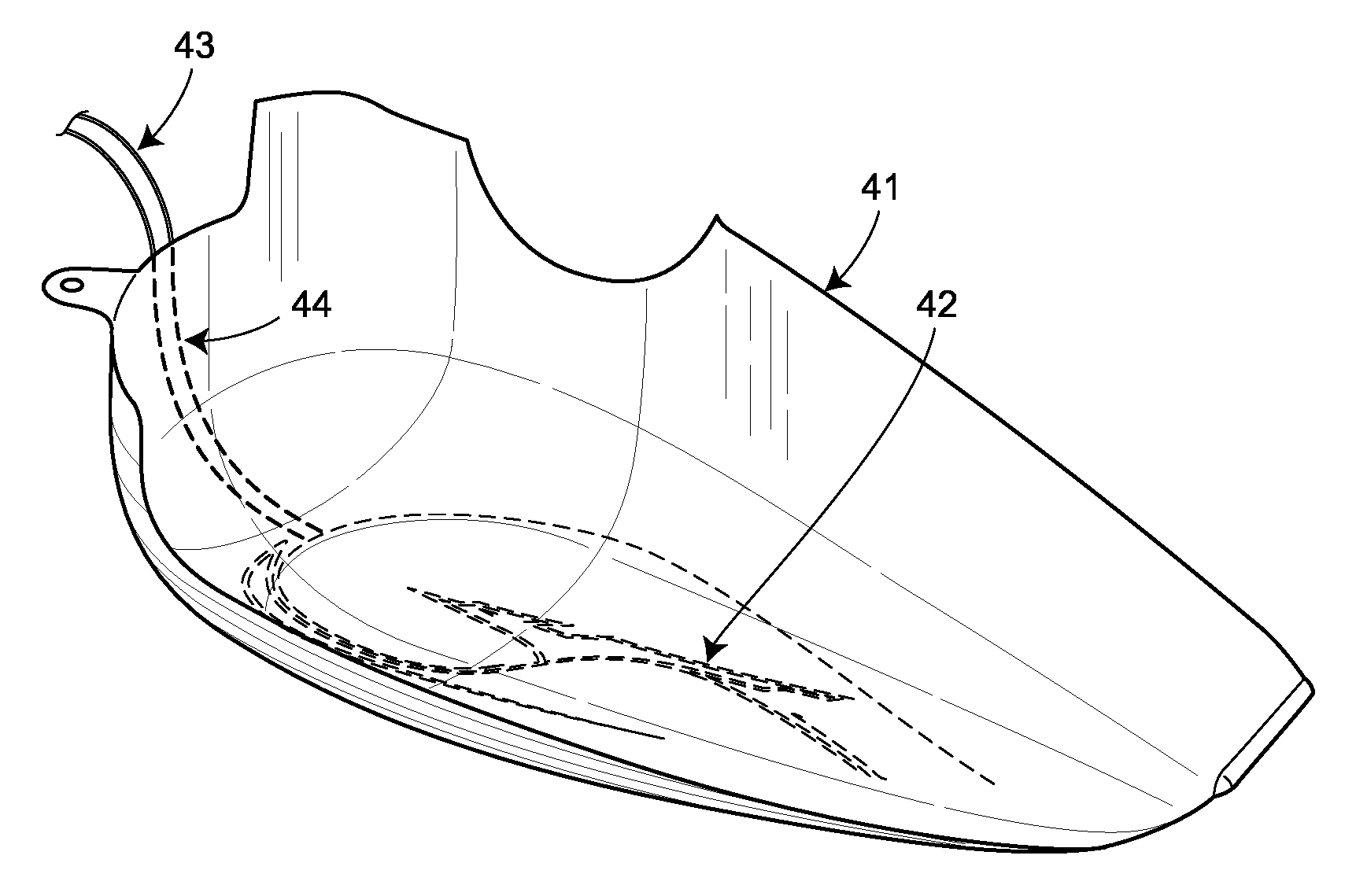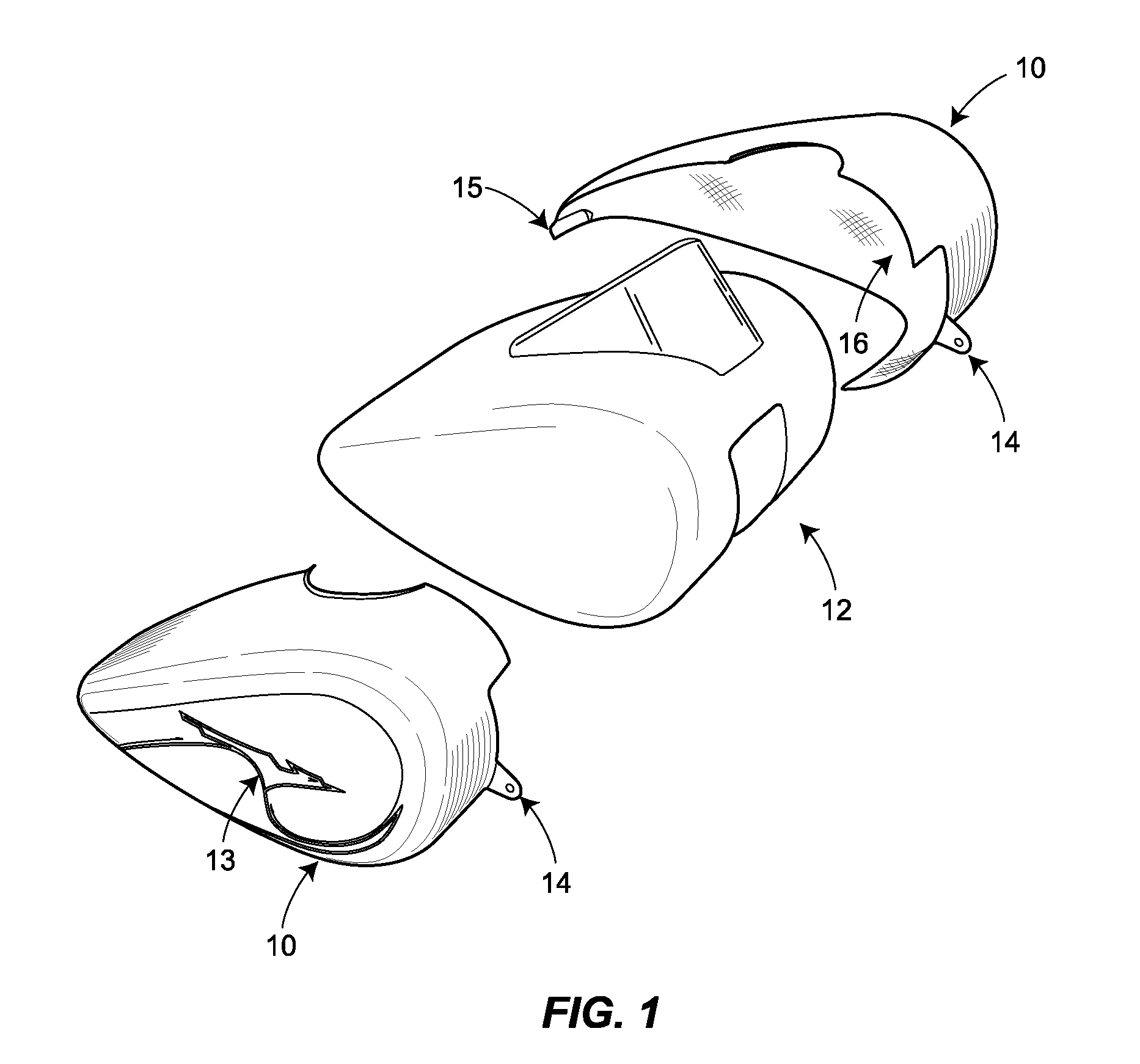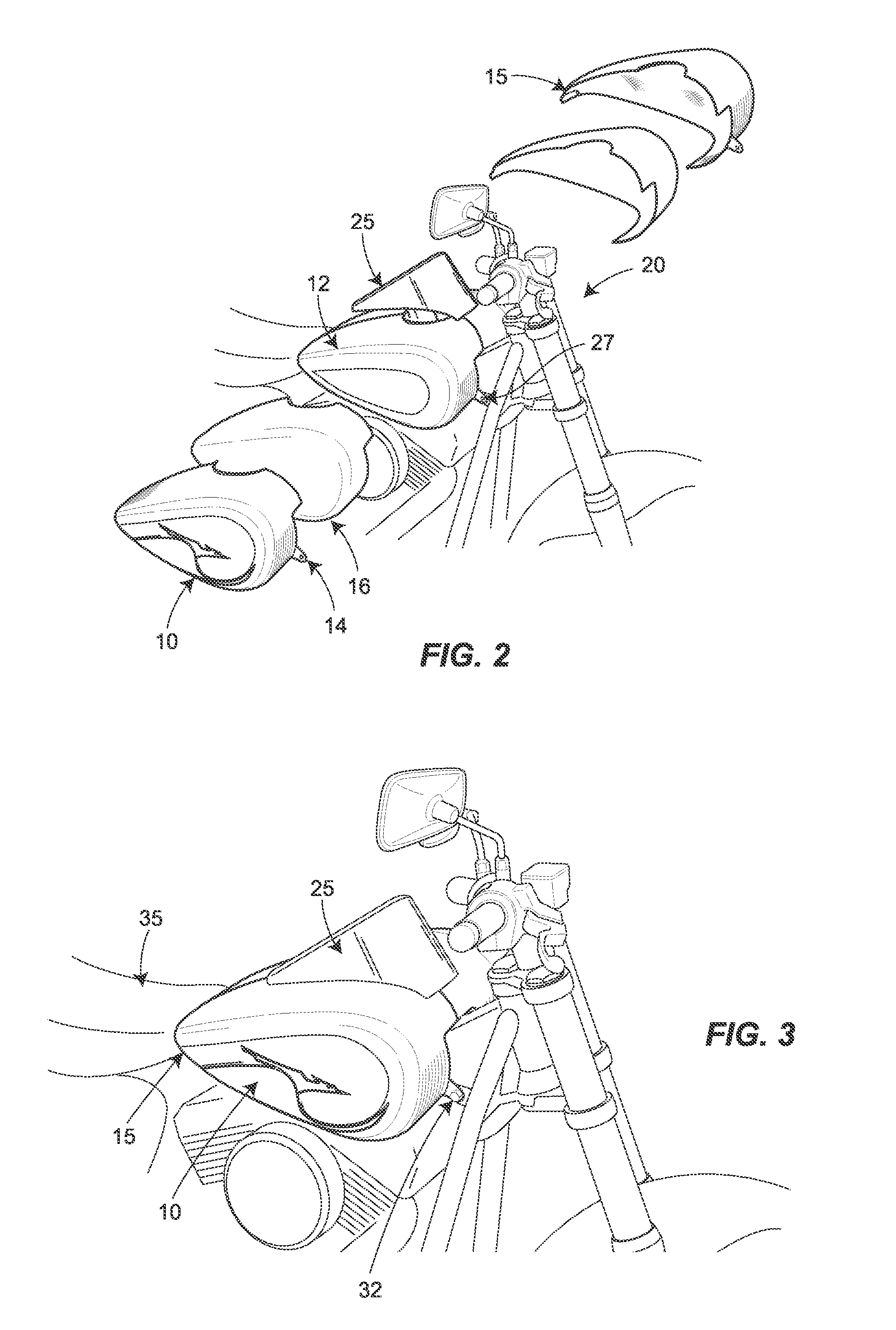Carbon fiber shells for customizing the appearance of a vehicle
a technology of carbon fiber shells and vehicles, which is applied in the direction of cycle equipment, lighting and heating equipment, optical signals, etc., can solve the problems of requiring excessive vehicle downtime, customizations that require excessive vehicle downtime, and less likely that the owner can make additional or different modifications to that particular vehicle component in the futur
- Summary
- Abstract
- Description
- Claims
- Application Information
AI Technical Summary
Benefits of technology
Problems solved by technology
Method used
Image
Examples
Embodiment Construction
[0038]Carbon fiber shells with applied visual customizations installed over vehicle components provide significant advantages over modifying the components themselves including allowing otherwise expensive or difficult modifications to be performed on vehicle components at a lower cost while maximizing the use of the vehicle. Visual customizations that can be provided on carbon fiber shells can include custom paint, decals, lighting materials, or custom designs specified by the vehicle owner. By applying the visual customizations to a carbon fiber shell, as opposed to the vehicle itself, the customization can be performed inexpensively and still allow the owner to use the vehicle while the carbon fiber shell is being manufactured customized. Carbon fiber shells can be manufactured in multiple pieces that are installed together to provide the appearance of one continuous surface or that, for example, wrap around external surfaces to provide the look of an entire aftermarket component...
PUM
| Property | Measurement | Unit |
|---|---|---|
| electrical power | aaaaa | aaaaa |
| thickness | aaaaa | aaaaa |
| conductive | aaaaa | aaaaa |
Abstract
Description
Claims
Application Information
 Login to View More
Login to View More - R&D
- Intellectual Property
- Life Sciences
- Materials
- Tech Scout
- Unparalleled Data Quality
- Higher Quality Content
- 60% Fewer Hallucinations
Browse by: Latest US Patents, China's latest patents, Technical Efficacy Thesaurus, Application Domain, Technology Topic, Popular Technical Reports.
© 2025 PatSnap. All rights reserved.Legal|Privacy policy|Modern Slavery Act Transparency Statement|Sitemap|About US| Contact US: help@patsnap.com



